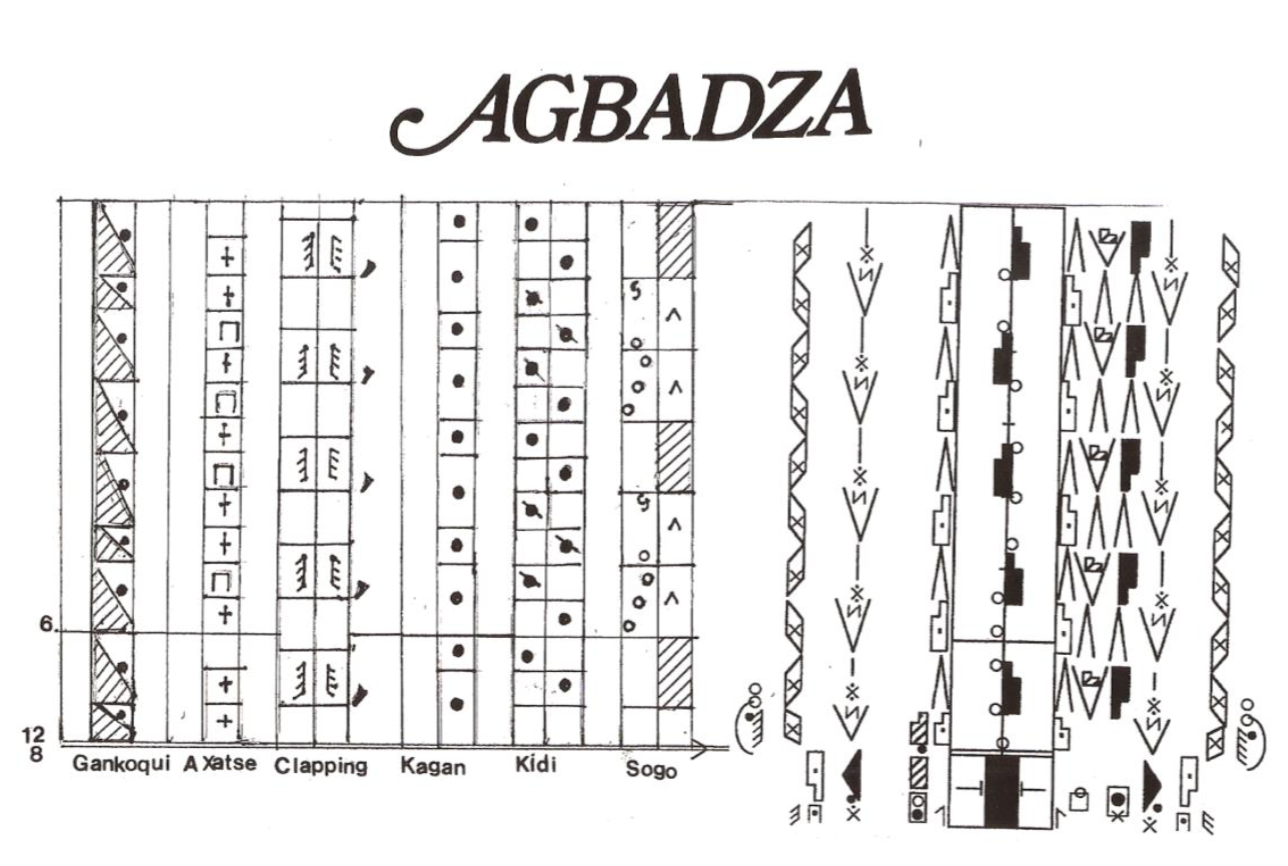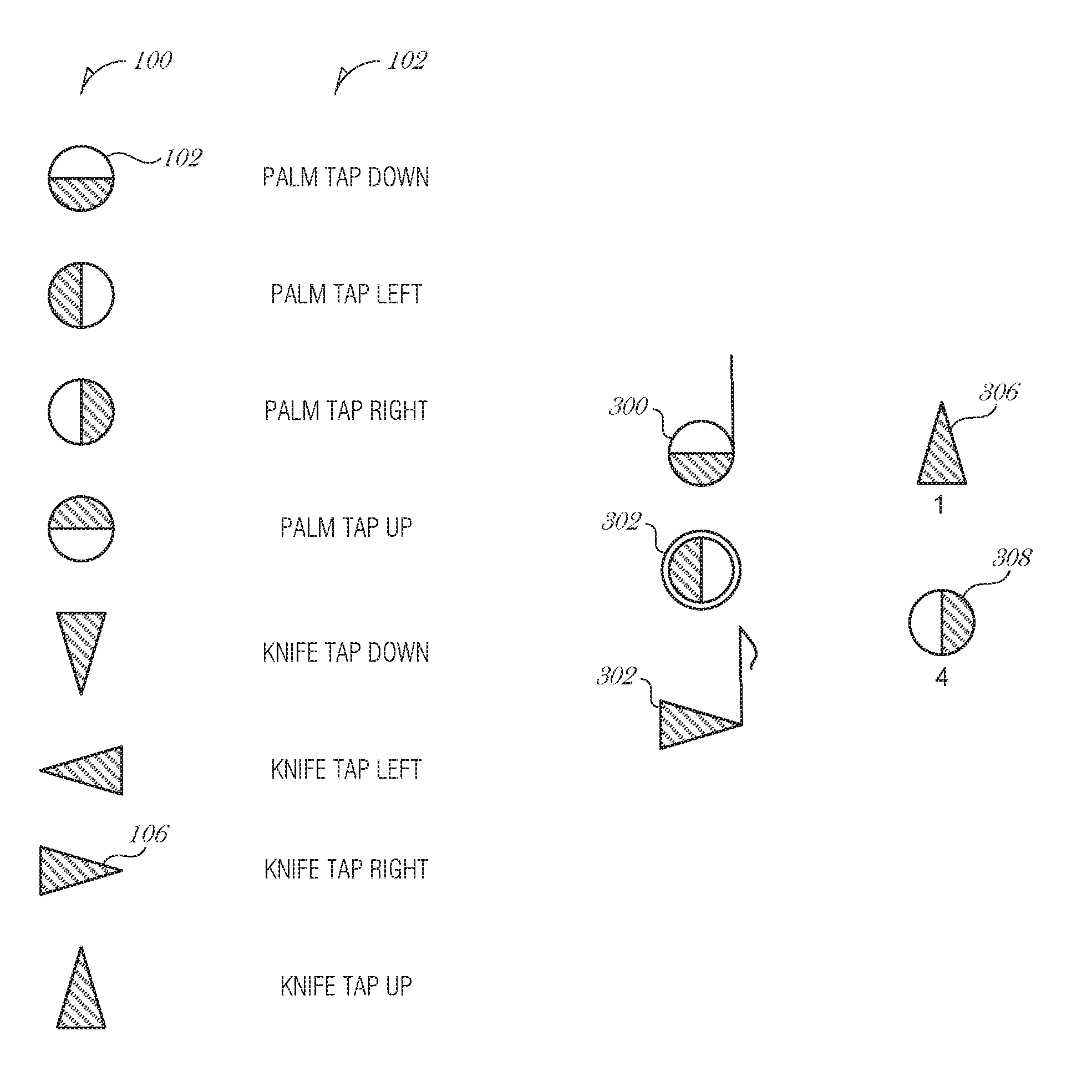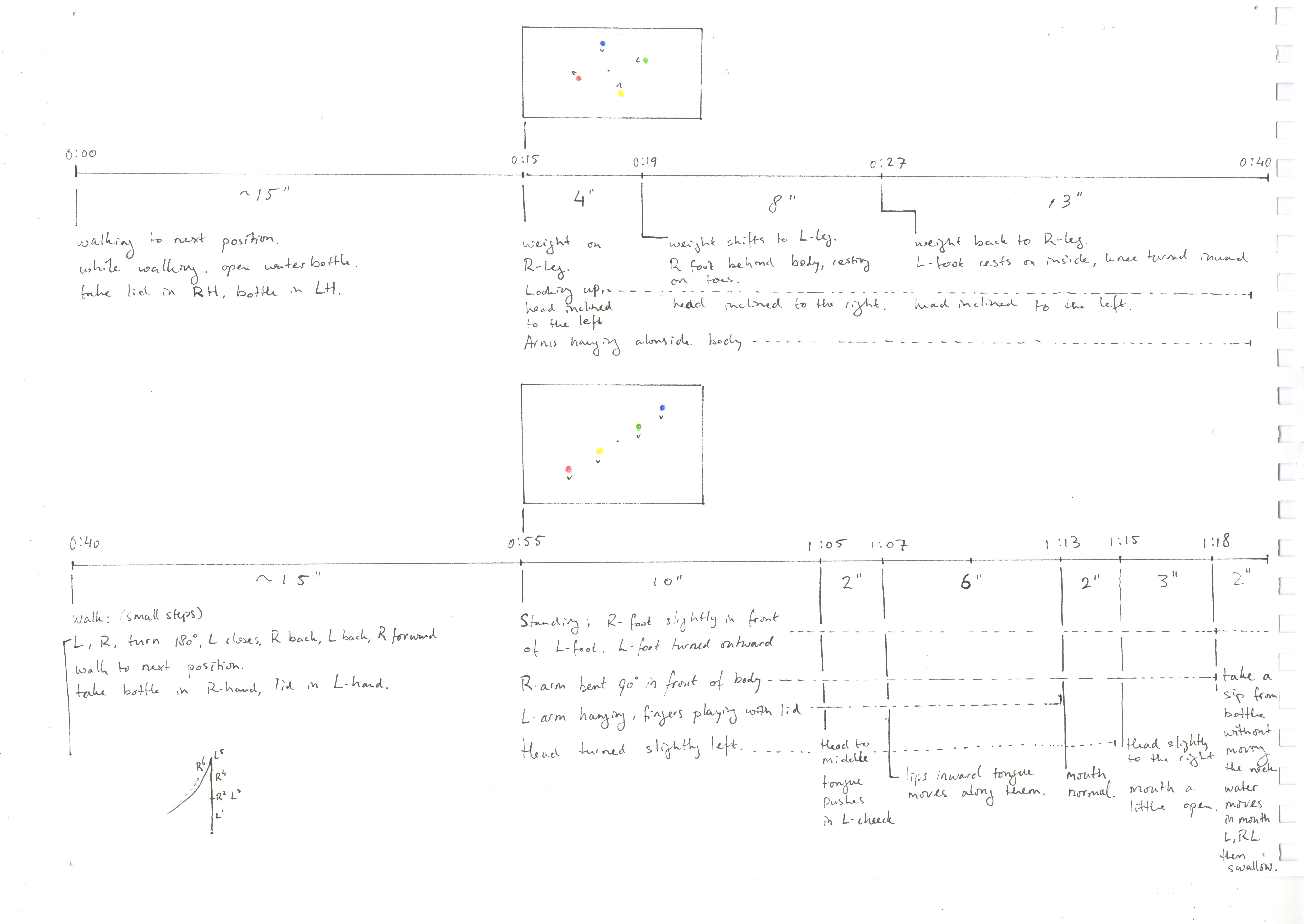
the story of why dance notation
There are several dance notation systems that are used today around the world: Laban, Benesh, Conté, and other ones that are less known. As far as I know, it is the system developed by Rudolph Laban, known as Labanotation or Kinetography Laban, which has spread the most.

Dance Notation
A dance notation system is usually regarded as a representation tool rather than a creative tool. This paper uses the indeterminacy approach as a creativity method to assist body-based limb exercise. Expand. 2. Save. The visual representation of spatialisation for composition and analysis.

dance notation for "The Princess Ann's Chacone", 1719 English dancing master, Isaac Graphic
A LABANOTATION BASed onTOLOGY for REPRESENTing DANCE MOVEMENT and results in SEARCHWORKS CATALOG. LABANOTATION VIQUIPèDIA L ENCICLOPèDIA LLIURE. DR NORMAN STANFIELD THE STUDY OF DANCE. ON THE USE OF DANCE NOTATION SYSTEMS TO GENERATE MOVEMENTS. CHOREOGRAPHICS A PARISON OF DANCE NOTATION SYSTEMS. ANALYSIS OF HUMAN MOTION BASED ON AI TECHNOLOGIES. VOL 23 NO 1 SPRING 1991 OF DANCE RESEARCH.

Laban Dance Notation Partition, Théâtre des champs elysées, Sauce béarnaise
Choreo-Graphics: A Comparison of Dance Notation Systems from the Fifteenth Century to the Present, by Ann Hutchinson Guest. New York: Gordon and Breach, 1989. xvi + 194 pp., illustrations, photographs, dance notation. $59. - Volume 23 Issue 1

baroque dance notation Graphic score, Notations, History of dance
Here for the first time is an account of how each of thirteen historical as well as present-day systems cope with indicating body movement, time, space (direction and level) and other basic movement aspects of paper. A one-to-one comparison is made of how the same simple patterns, such as walking, jumping, turning, etc. are notated in each system.

Baroque Dance Notation Videoarcades
Completed in 2010 in Mau Wu Tsai Village, Hong Kong (SAR). Images by Sergio Pirrone . 2006, the competition Thomas Coldefy and Isabel Van Haute, equipped with solid international experience.

Dance Notation Notations, Dance, Performance art
This system used a vertical staff and simple signs to record four categories of movement: Emotion, Direction, Degree, and Special. It was used to record Loring's signature ballet, Billy the Kid (1938). An example of the dance notation system developed by Noa Eshkol and Abraham Wachmann.

dance notation dance notation system Students Britannica Kids Homework Help
Powers Dance Notation Dance notation systems of the past attempted to be as thorough as possible, capable of notating even the smallest gestures, made with any part of the body. As a result, the accumulation of hundreds of symbols made these systems extremely difficult to master. Labanotation, Benesh Notation and others require years of study.

Dance Notation
described his movement notation system. Initially known asKinetography Laban, the system was then renamedLabanotation in the Un ited States, and has undergone no substantial changes since. Laban's purpose in creating this system was to give artistic dignity back to dance, and to finally fulfil the dream of making dance reproducible and therefore
Example of Labanotation (n.d.). Download Scientific Diagram
Benesh notation example. Benesh Movement Notation (BMN), also known as Benesh notation or choreology, is the literacy of body language, it is a dance and movement notation system used to document dance and other types of human movement. Invented by Joan and Rudolf Benesh in the late 1940s, the system uses abstract symbols based on figurative representations of the human body.

(PDF) On the Technological Conditions of the Representation of Movement Dance Notation Systems
Now widely referred to as Labanotation this system uses a vertical staff to represent the body and has symbols that indicate not only the position but also the direction, duration, and the quality of any movement.

Dance Notation
In dance, notation is the translation of four-dimensional movement (time being the fourth dimension) into signs written on two-dimensional paper. A fifth "dimension"—dynamics, or the quality, texture, and phrasing of movement—should also be considered an integral part of notation, although in most systems it is not.

Dance Notation
The high number of systems emphasizes the fact that dance lacks the achievement of European music, where one system of notation has been used since the sixteenth century. Up until the beginning of the twentieth century, notation was used primarily to record the formalized movements of theatrical dance, mainly ballet, and to a certain extent.

Dance notation Labanotation, Benesh Movement Notation, EshkolWachman Movement Notation
dance notation Table of Contents Home Geography & Travel Languages Conclusion Although good, workable systems have been around for centuries, the use of dance notation has never been an integral part of dance study and practice, as musical notation is in the study of music.

An example of the dance notation system developed by Noa Eshkol and Abraham Wachmann
Two popular dance notation systems used in Western culture are Labanotation (also known as Kinetography Laban) and Benesh Movement Notation. Others include Eshkol-Wachman Movement Notation and DanceWriting. Many dance notation systems are designed for specific types of dance.

Arch Through the exploration of dance notation what can we learn about the limitations of
Laban's notation system is used as a type of dance notation in other applications including Laban Movement Analysis, robotics and human movement simulation. With Labanotation, any form of human movement can be recorded: The basis is natural human movement, every change must be noted.